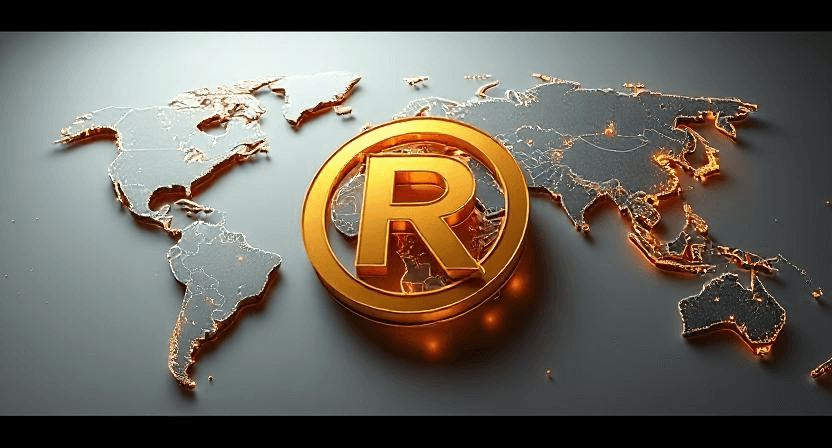Building a Trademark Monitoring System: How to Achieve Real-Time Infringement Alerts Across the Web with AI Tools
 In today's fiercely competitive business landscape, trademarks, as valuable intangible assets, are crucial for brand identity and success. However, trademark infringement remains rampant, causing significant financial losses and reputational damage to businesses. Traditional monitoring methods, primarily reliant on manual searches, are inefficient, prone to oversight, and struggle to cope with the vast amount of information in the internet age.
In today's fiercely competitive business landscape, trademarks, as valuable intangible assets, are crucial for brand identity and success. However, trademark infringement remains rampant, causing significant financial losses and reputational damage to businesses. Traditional monitoring methods, primarily reliant on manual searches, are inefficient, prone to oversight, and struggle to cope with the vast amount of information in the internet age.
The rise of AI technology has revolutionized trademark monitoring. By building an AI-powered trademark monitoring system, businesses can achieve real-time alerts for infringement across the web, effectively safeguarding their rights. This article explores how to leverage AI tools to construct an efficient trademark monitoring system:
1. Data Collection: Building a Comprehensive Information Network
Multi-dimensional Data Source Integration: Beyond traditional trademark databases, integrate e-commerce platforms, social media, search engines, news websites, etc., to create a comprehensive data collection network, ensuring no infringement goes unnoticed.
Intelligent Crawler Technology: Utilize intelligent crawler technology to automate data extraction from target websites, and perform data cleaning and classification based on predefined rules, enhancing data collection efficiency.
Image Recognition Technology: For graphical trademarks, employ image recognition technology to scan and compare images across the web, accurately identifying infringements.
2. AI Analysis: Building an Intelligent Infringement Identification Engine
Natural Language Processing (NLP): Leverage NLP to perform semantic analysis on text information, identifying trademark keywords, infringement descriptions, etc., improving the accuracy of infringement detection.
Machine Learning Algorithms: Train machine learning models to automatically learn infringement patterns and identify and alert on new forms of infringement.
Similarity Calculation: Use similarity algorithms to compare trademark text, graphics, etc., calculate similarity scores, and determine infringement risks based on predefined thresholds.
3. Real-Time Alerts: Building a Rapid Response Alert Mechanism
Visual Monitoring Platform: Establish a visual monitoring platform to display infringement information, types, platforms, etc., in real-time, enabling businesses to stay informed about infringement activities.
Multi-dimensional Alert Methods: Support various alert methods such as email, SMS, and in-platform messages to ensure businesses receive infringement alerts promptly.
Automated Processing Workflow: For straightforward infringement cases, set up automated workflows, such as sending infringement notices or removing infringing products, to enhance processing efficiency.
4. System Optimization: Building a Continuously Iterative Monitoring System
Data Feedback Mechanism: Implement a data feedback mechanism to feed manually processed infringement cases back into AI models, continuously optimizing algorithms and improving detection accuracy.
Rule Base Update Mechanism: Regularly update the rule base according to the latest laws, regulations, and infringement trends, ensuring the system can identify the newest forms of infringement.
Security Protection Mechanism: Strengthen system security to prevent data breaches and malicious attacks, ensuring stable operation.
The application of AI technology shifts trademark monitoring from passive defense to proactive offense, helping businesses build a comprehensive trademark protection system. In the future, as AI technology continues to evolve, trademark monitoring systems will become more intelligent and automated, providing robust protection for brand value.
It's important to note that AI technology is not a panacea; trademark monitoring still requires a combination of human judgment and legal measures to achieve optimal results. When building a trademark monitoring system, businesses should select appropriate AI tools and technical solutions based on their specific needs and circumstances, and establish a robust trademark management system to truly maximize the value of their trademarks.
Share this page
